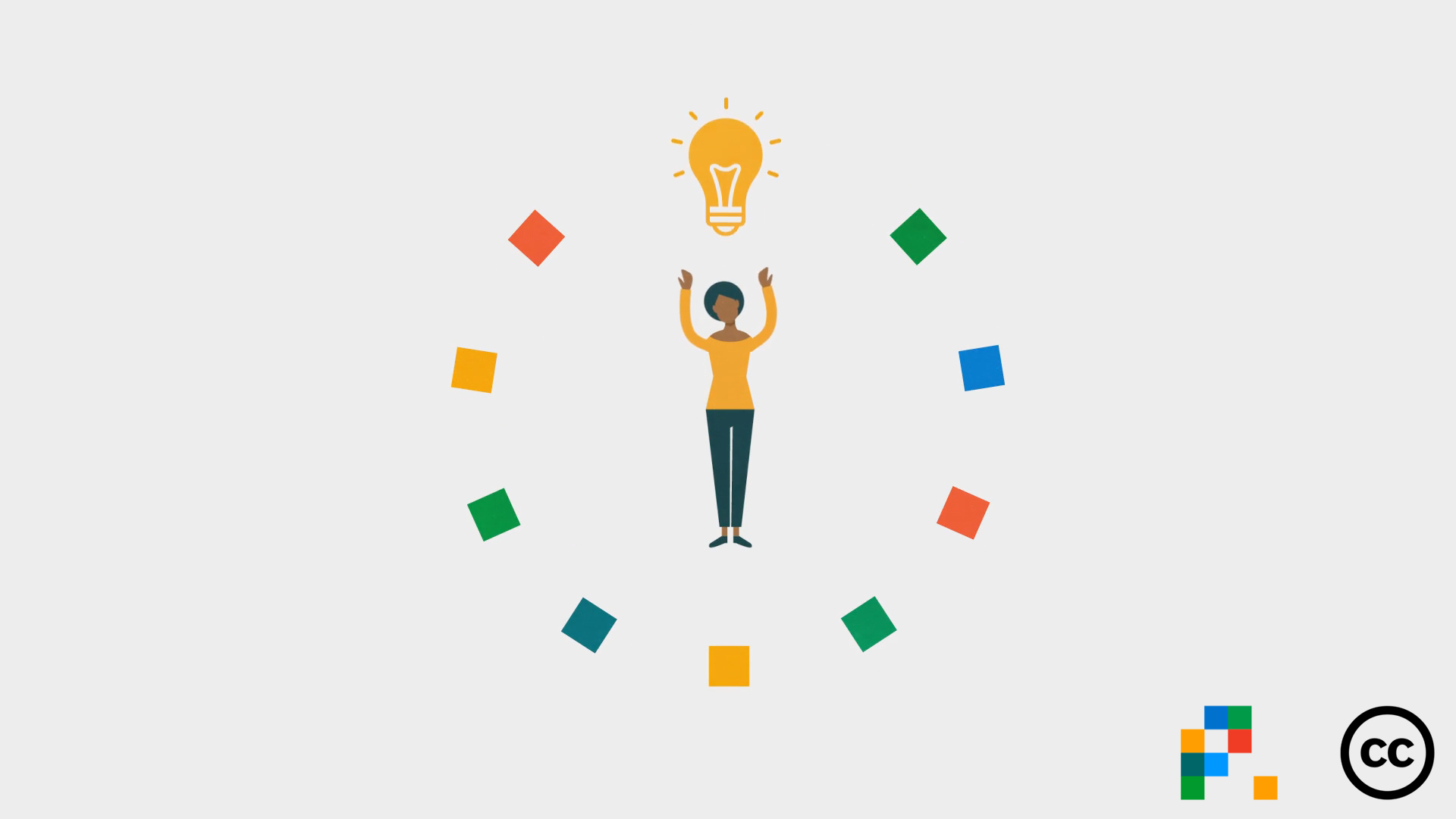The Truth and Reconciliation Commission of Liberia was established in 2005 as part of the country’s transition of bloody civil war into an emerging democracy. Considering the mass destruction of basic services and infrastructure, however, lack of physical access to the capital of Monrovia for many Liberians has posed a serious obstacle to the objective of the Commission. A solution has come from an unlikely source in Atlanta, Georgia, thanks to some creative technological innovations.
Liberia was founded by freed American slaves who returned to Africa and named the country after their goal to reclaim their freedom. Yet, tragically, for some fourteen years a bloody civil war has left Liberia impoverished, tired and haunted by violent tumult. The country currently ranks second poorest in the world and the United Nations estimates that more than 85% of the population survive on less that $1.25 per day.
To its credit, however, Liberia has slowly begun the transition from conflict to reconstruction and rebuilding perhaps best exemplified by the appointment of Ellen Johnson Sirleaf after the first free and democratic presidential elections since the war. Political recovery has begun to create the space for economic and social recovery and central to this latter mission is The Truth and Reconciliation Commission of Liberia (TRC) that was established in 2005 to supplement an investigation of gross human rights violations perpetrated by Charles Taylor and his associates. The TRC, like many others set up in South Africa, Rwanda and Former Yugoslav Republic, is meant to provide a forum for citizens to share their experiences, have their suffering acknowledged, start the process of reconciliation and seek reparations. Considering the mass destruction of basic services and infrastructure, however, lack of physical access to the capital of Monrovia for many Liberians has posed a serious obstacle to the objective of the Commission. A solution has come from an unlikely source in Atlanta, Georgia, thanks to some creative technological innovations.
A team led by Dr. Michael Best at the Georgia Institute of Technology combined forces with the TRC of Liberia to develop an interactive computer video system called MOSES: The Mobile Story Exchange System. Designed for use by many illiterate, undereducated or computer-novices – MOSES provides a means for people to have their voices heard. Simple recording of video about the TRC and the new dawn in Liberia now allows participation of people who have previously been marginalized or excluded from the state-building process. At the same time, it allows those who cannot bear witness to the TRC process in person to stay up to date on the proceedings. Indeed, a simple tool such as MOSES has the potential to transform peace-building in Liberia. What’s more, other post-conflict zones can potentially benefit from this model. MOSES operates on the intersection of dialogue, technology and education and shows that even in this day and age of high-tech, simple systems can be very powerful and very useful.
As the creators succinctly explained, through MOSES, “people will be exposed to the perspectives of their fellow Liberians through the videos. They will also be able to respond with their own recordings, thus creating a constructive dialogue. Groups that may otherwise never interact such as people from different counties will be able to exchange their views. It is our hope that this interaction will spark new conversations, combat ignorance and promote peace.”


